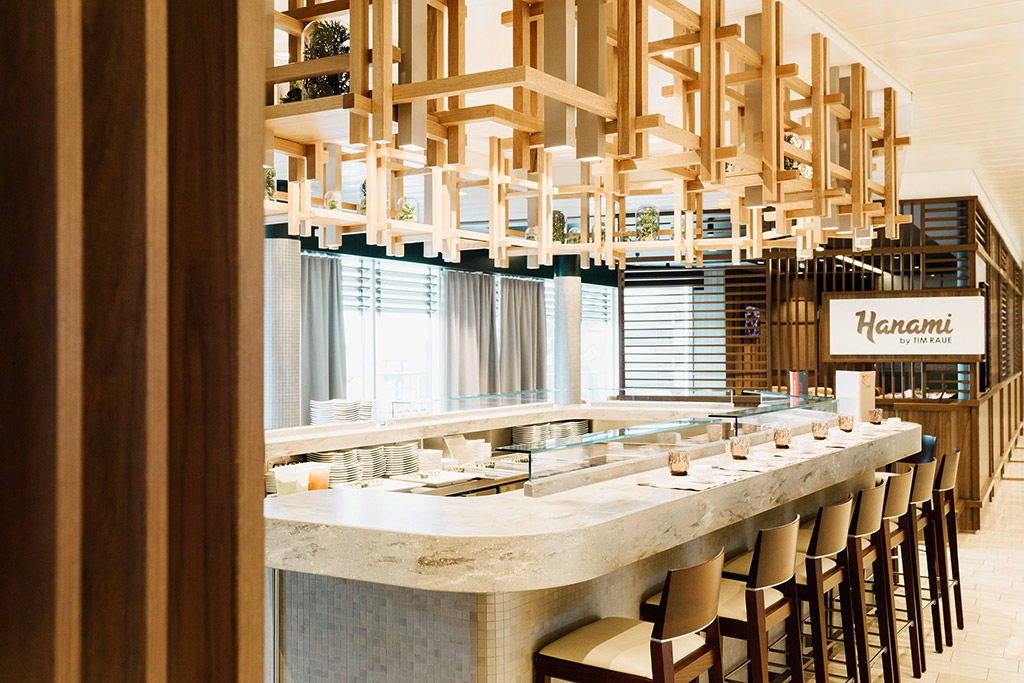Before COVID-19 hit, it was business as usual at Trimline, starting projects, finishing projects, and bidding on future jobs to the tune of six to eight major refits a year.
“We had just finished a big project for Royal Caribbean on crew areas, including cabins, bars and messes,” said Simon Dawkins, commercial manager for the interior outfitter, in an interview for the 2021 Drydock Report by Cruise Industry News.
And now things are starting to come back online, he continued, with more inquiries coming in from the cruise lines.
“These are projects we knew were going to happen or repeat projects coming back to life,” Dawkins said. “Some of it we expected to see. It’s the usual mix of keeping the high standards of a cruise ship, while adding the latest offerings and upgrading designs.”

Huge drydocks that were being planned are on hold, but smaller refurbishment projects are happening when the ships are in for regulatory work and essential maintenance.
Trimline has adjusted its planning process, going to what Dawkins described as a double-up method.
“For every project team we are sending out, there is another one at base aware of the job. We used to work just-in-time for inventory, with lean management, but now we’ve decided to have items two weeks early.
With more pieces in the market pie as more operators emerge with older ships, Dawkins said he couldn’t be happier, with more potential customers needing interior updates.
“We go onboard with the new owners and talk about a budget. Ten million pounds would be a light rebranding,” he said.
Being smart, new operators don’t need a ton of cash to rebrand a ship.
“Changing the wall coverings, carpets, a bit of furniture and lighting will easily change the feel of a room,” Dawkins said, adding that just updating colors will go a long way.”
Success comes from a strong supply chain. A ship can’t be reentering service with a missing wall covering or light fixture.
“That is a big one. We’re one of the longest-running outfitters out there, so is our supply chain,” Dawkins said.
There is also some smart planning. Trimline plans in extra time shipping to specific facilities. Sending containers to the Bahamas? Only about 60 percent of containers actually get delivered and leave the container ship on the first try – so three weeks becomes six weeks – so a cargo ship can drop off containers on the second attempt.
“The main key to success, right from the start, when a client sends the design brief, is to look at it, speak to the client, and make that design brief a reality. We cost engineer it and the client gets the best they can for the budget they have.”




